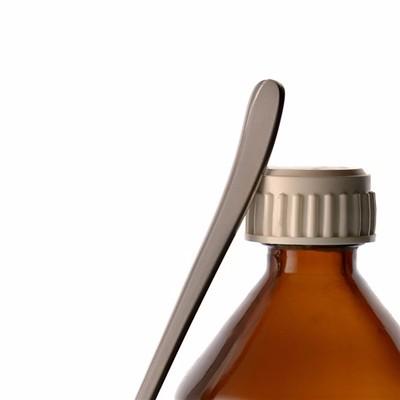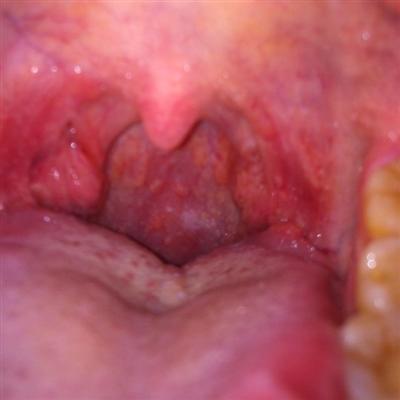Primary aldosteronism?
summary
Proaldehyde * refers to the excessive secretion of aldosterone in the adrenal cortex, resulting in sodium retention, potassium excretion, increased blood volume, and inhibition of renin angiotensin system activity. The main clinical manifestation was hypertension with hypokalemia. There are five types of primary aldosteronism: aldosteronoma, idiopathic aldosteronism, primary adrenal hyperplasia, familial aldosteronism, adrenocortical carcinoma secreting aldosterone, ectopic aldosterone secreting tumor or carcinoma. Primary aldosteronism? Let's talk about it
Primary aldosteronism?
The blood pressure of most patients increased significantly, but malignant hypertension was rare. Primary hyperaldosteronism (PA) may be associated with refractory hypertension, which is defined as the failure of blood pressure (BP) to meet the standard even after the use of appropriate diuretics. But very few patients may not have hypertension.
Due to a large amount of potassium loss, the epithelial cells of renal tubules are vacuolated and deformed, the function of concentration is decreased, accompanied by polyuria, especially nocturia, secondary thirst and polydipsia, which are often complicated with urinary tract infection. Urinary protein increased, a small number of renal dysfunction.
Paroxysmal supraventricular tachycardia (PSVT) is the most common arrhythmia, and ventricular fibrillation may occur in the most serious cases. Limb numbness, tetany. In severe hypokalemia, tetany may be mild or absent due to the decrease of neuromuscular stress, but it often becomes obvious after potassium supplement.
matters needing attention
It is recommended that the first choice of drug treatment for idiopathic aldehydes. Spironolactone is recommended as the first-line drug and eplerenone as the second-line drug. Low dose glucocorticoid is recommended as the first choice for the treatment of glucocorticoid inhibitive aldosteronism.













